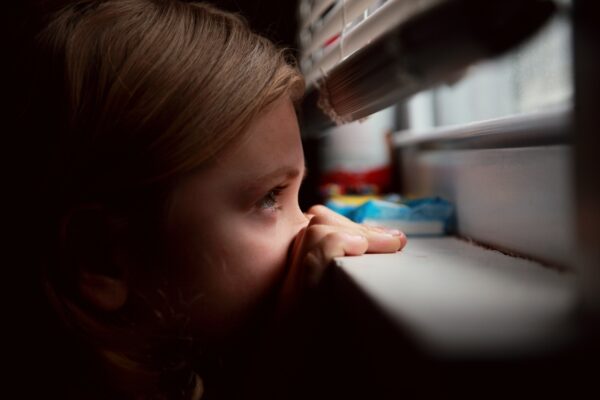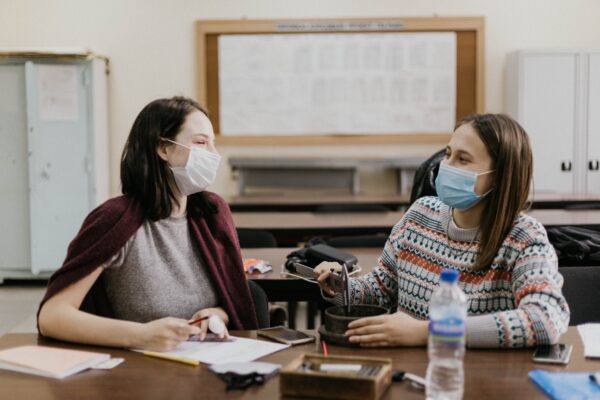Self-care.
I tell you, if I had a nickel for all the times I’ve heard about self-care for educators in the last year, I would be independently wealthy.
It’s problematic.
Every human being in a care-giving profession these days is under extreme stress, and they are responsible for the well-being of other human beings under stress. Teachers are in the thick of it. Their jobs have gotten more complicated; the students they serve need more care than they ever did before. And, let’s not forget that we are still in the midst of a pandemic with some unpleasant statistics telling us that our return to school next week will send up another spike in Covid-19 cases, just like we saw in September-maybe worse. School is a stressful and sometimes hazardous place to work.
It has been snowballing into a situation where the frustration is palpable wherever you go, wherever teacher’s voices can be heard. Resignations, declarations of pulling back and doing less, lashing out at the system, the administrators, the communities.
It is easy to see why we are under stress. We risk our health in classrooms full of students every day. We have to rethink every lesson we teach to increase the engagement and minimize the stress, since our students struggle to prioritize education in these difficult times. We, too, are living in a world that is not as free, open, or hopeful as it once was, just like our students. We are more isolated than ever. So– self-care?
I bristle at the term. Shouldn’t everyone else- our communities, administrators, the government, our society in general- step up to support teachers in this difficult time? The answer is obvious. They have their own stressors and difficulties. The pandemic is more about stress than a virus these days.
So, it does come down to you and me. Self-care.
The cliche is the image of the oxygen on an airplane. Adjust your own mask before attending to a child. Without oxygen, you are no good to anyone.
As a teacher, if you are out of “oxygen,” not only do you feel awful, you are also less likely to be successful in the classroom; you aren’t able to support students. It may bleed over into your family life, every aspect of your existence. So, self-care.
But, I do not mean bubble baths (though much can be said about a lovely warm bath…). I mean, flip your whole teacher practice to be one that feeds your soul, revives your spirit, and infuses your daily classroom life with oxygen.
Of course, I do not have the magic wand that helps every teacher achieve this, but I can do this for my own classroom. I can give my teaching practice a good, hard look. What is going well? What needs improvement? What needs to go? And the beginning of the year is a perfect time to resolve to make these changes. So here they are, my five resolutions for a year of happy teaching:
LYNNE’S RESOLUTIONS for HAPPY TEACHING IN 2022
I will foster a more…
…ACTIVE CLASSROOM: I will make my classroom a better physical space by encouraging movement for my students and myself. We will breathe intentionally and get our heart rates up on a regular basis. (Here is a concise article that sums up how movement can be incorporated in the classroom.)
…DYNAMIC CLASSROOM: Through art, humor, music, and all forms of creativity, I will encourage my students to be curious and involved. (This study connects humor to creativity and learning. And, if you are not sold on how the arts are essential for learning, you need to watch and read some of the work of Ken Robinson, starting with his TED Talk.)
…REGULATED CLASSROOM: I will learn more about co-regulation to better serve my students under stress, and I will provide sensory stimulation to help students de-stress. (I found this short article to be a good explainer of co-regulation, but you should really look into the work of trauma-informed educators, if you haven’t already. Check out the Trauma Informed Educators Network. They have a Facebook page and podcast I recommend.)
…CONNECTED CLASSROOM: Relationships and trust will be the first priority of every class. I will model good behaviors for sharing feelings and supporting others. (This link will give a short overview of the importance of emotional literacy for the classroom.)
…REFLECTIVE CLASSROOM: I will grade less and communicate more. I mindfully teach my students to reflect, to build on their learning and look to the future. (I have switched to a portfolio grading system, but here is a general article on how gradeless may work better for teachers and students. And, if you are looking for a concrete way to redefine grading in your classroom, I found the work of Steve Paha to be very inspirational.)
These five goals for improvement will make my classroom a better place to be, for me and my students. Honestly, I will not be a happy teacher with unhappy students, so my self-care still starts with them.
But, I am not adverse to a bubble bath from time to time.



 On May 9th, Governor Inslee signed a
On May 9th, Governor Inslee signed a